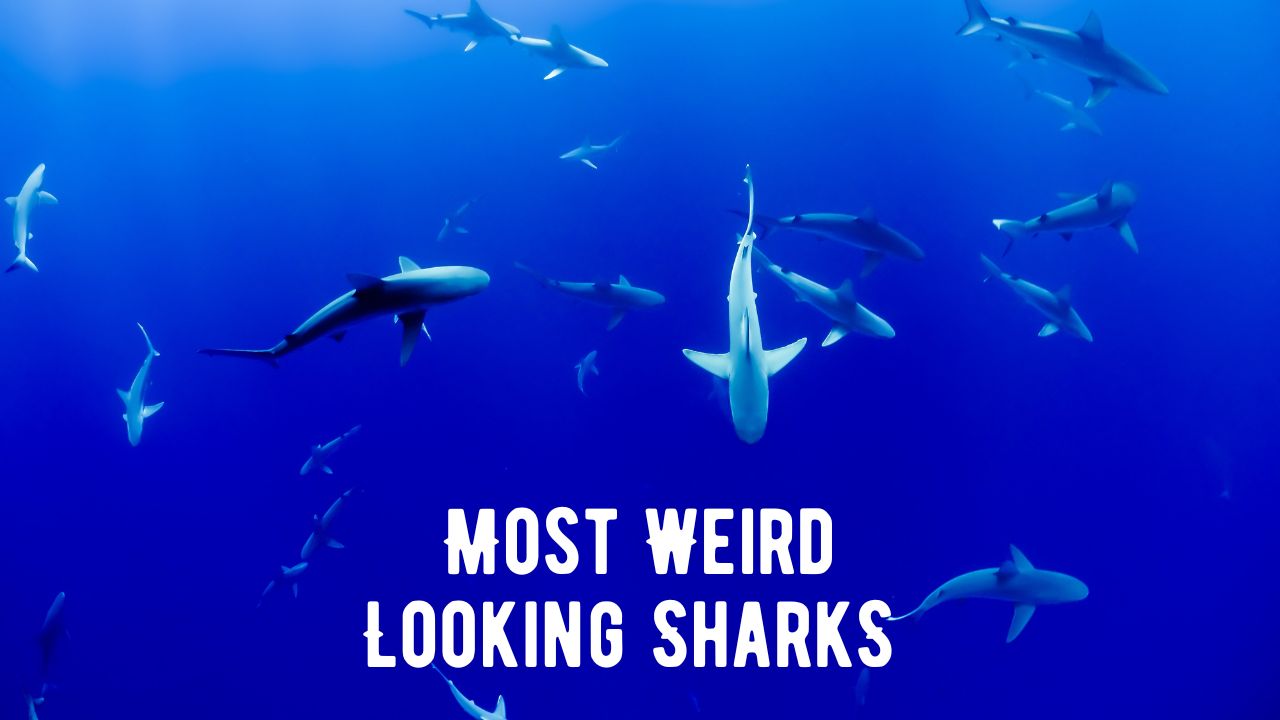Sharks, with their diverse adaptations and unique features, comprise a vast array of species that inhabit oceans around the world. In this exploration, we delve into the extraordinary variety of shark species, uncovering the distinct characteristics and behaviors that make each one a fascinating piece of the marine puzzle.
I. Horn Shark (Heterodontus francisci):

- Distinctive Feature:
- Spiky, horn-like projections on the dorsal fins.
- Adaptations:
- Prefers rocky reefs and kelp forests.
- Feeds on a diet of crustaceans and small fish.
II. Thresher Shark (Alopiidae):

- Distinctive Feature:
- Long, whip-like tail that exceeds the length of the body.
- Adaptations:
- Uses the tail to herd and stun schools of fish.
- Inhabits both deep and shallow waters.
III. Pocket Shark (Mollisquama parini):
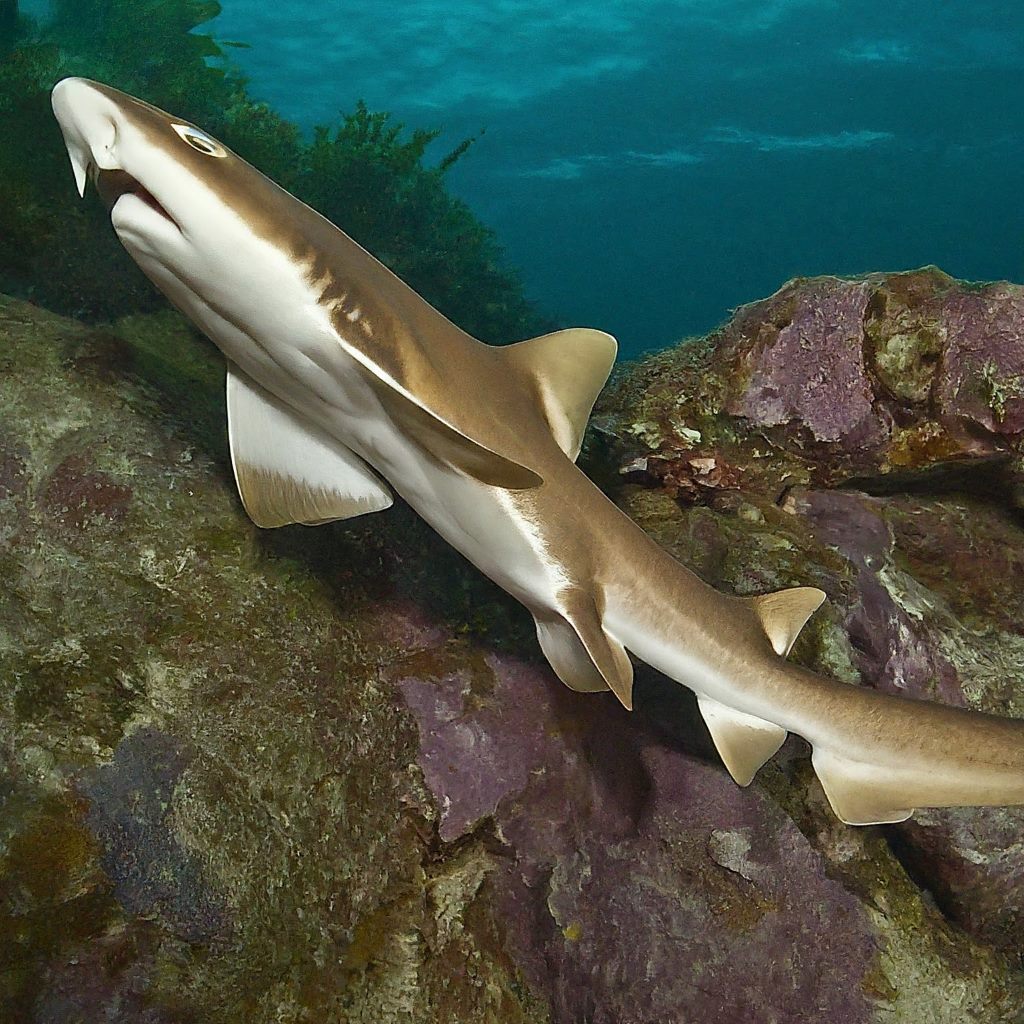
- Distinctive Feature:
- Small size and a pocket-like opening near the pectoral fins.
- Adaptations:
- Bioluminescent organs on the body.
- Found in deep-sea environments.
IV. Swell Shark (Cephaloscyllium ventriosum):

- Distinctive Feature:
- Ability to inflate its body when threatened.
- Adaptations:
- Camouflages with seafloor surroundings.
- Nocturnal hunter preying on small fish and invertebrates.
V. Saw Shark (Pristiophoridae):
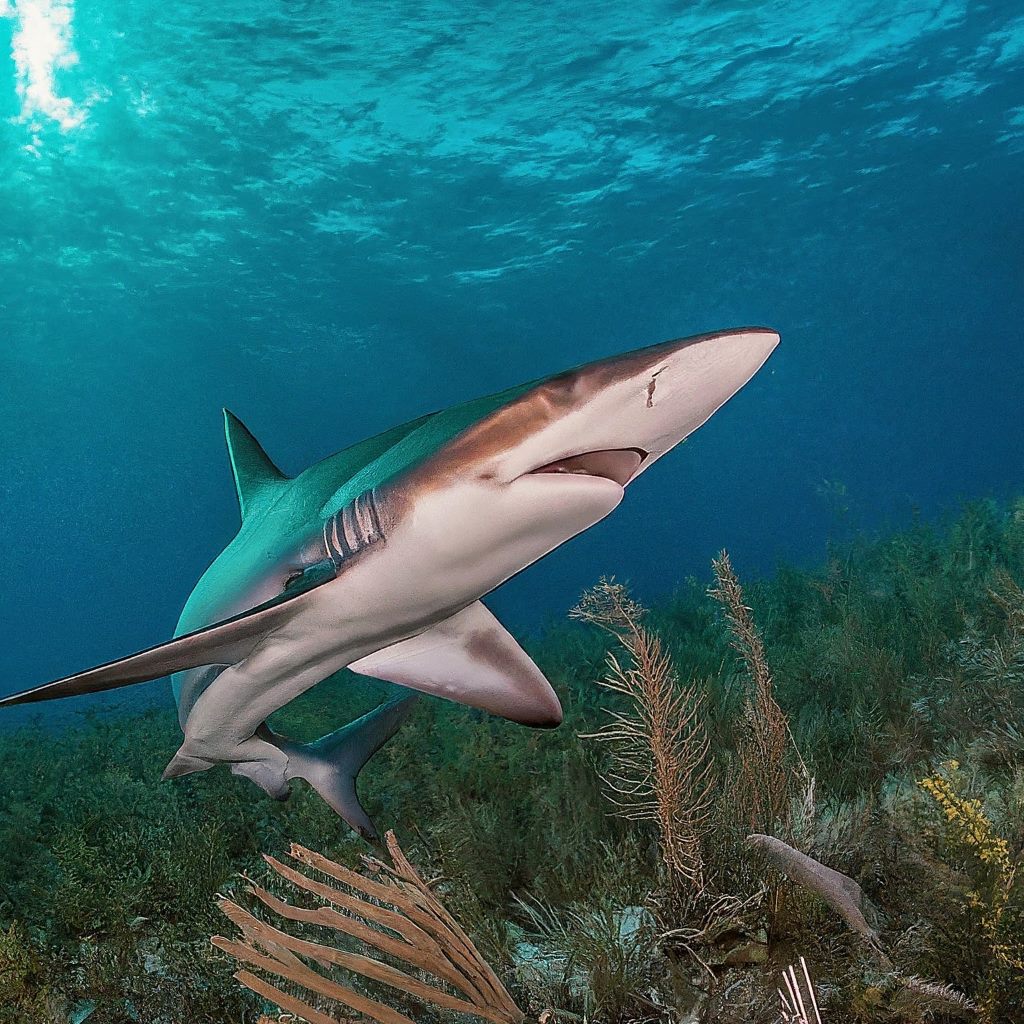
- Distinctive Feature:
- Long, toothed rostrum resembling a saw.
- Adaptations:
- Uses the rostrum for slashing through schools of fish.
- Possesses sensory organs along the rostrum.
VI. Catshark (Scyliorhinidae):

- Distinctive Feature:
- Small size, slender body, and cat-like eyes.
- Adaptations:
- Nocturnal hunter with a varied diet.
- Prefers continental shelves and deep-sea habitats.
VII. Greenland Shark (Somniosus microcephalus):

- Distinctive Feature:
- Slow growth rate and potential lifespan of centuries.
- Adaptations:
- Inhabits Arctic and subarctic waters.
- Feeds on a diet of fish, seals, and even polar bears.
VIII. Angel Shark (Squatina spp.):
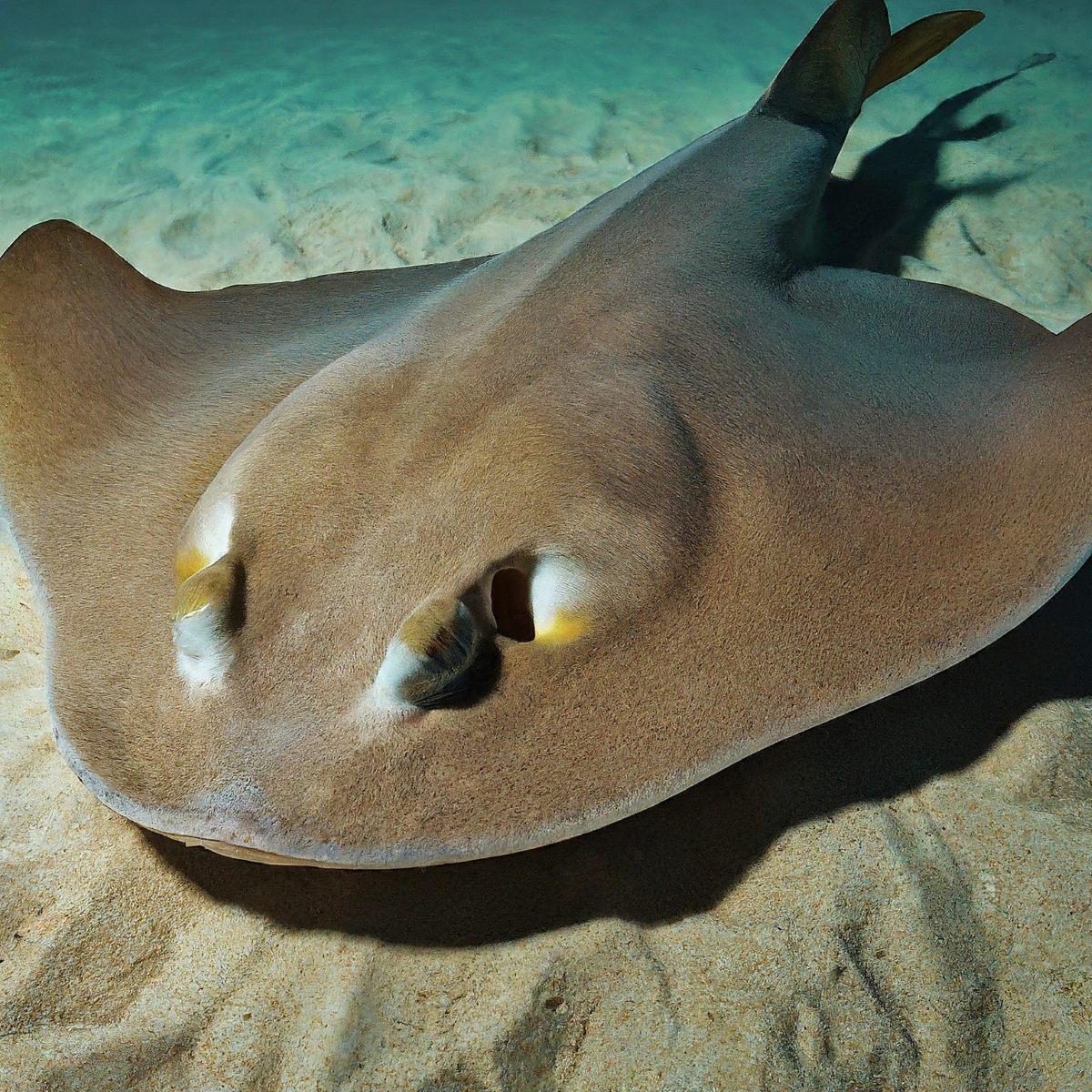
- Distinctive Feature:
- Flat body and broad pectoral fins, resembling a ray.
- Adaptations:
- Burrows in sandy or muddy seafloors for ambush predation.
- Primarily nocturnal and feeds on bottom-dwelling prey.
IX. Goblin Shark (Mitsukurina owstoni):

- Distinctive Feature:
- Elongated snout and protrusible jaws.
- Adaptations:
- Inhabits deep-sea environments.
- Captures prey with a unique slingshot feeding mechanism.
X. Dwarf Lantern Shark (Etmopterus perryi):
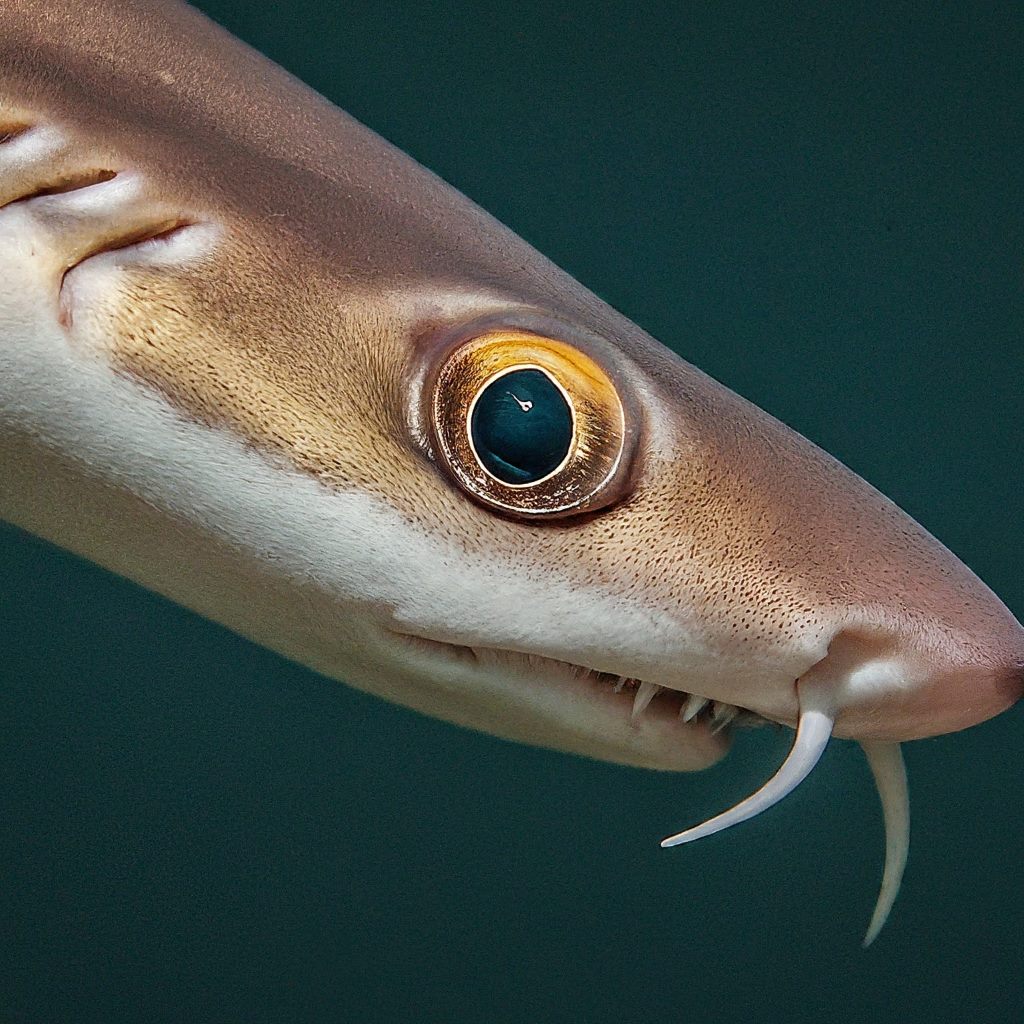
- Distinctive Feature:
- Small size and bioluminescent light organs along the body.
- Adaptations:
- Found in deep-sea environments.
- Uses bioluminescence for communication and attracting prey.
XI. Basking Shark (Cetorhinus maximus):

- Distinctive Feature:
- Second-largest living shark, characterized by filter-feeding on plankton.
- Adaptations:
- Enormous mouth for filter-feeding.
- Non-aggressive and often observed near the water’s surface.
XII. Bahamas Sawshark (Pristiophorus schroederi):
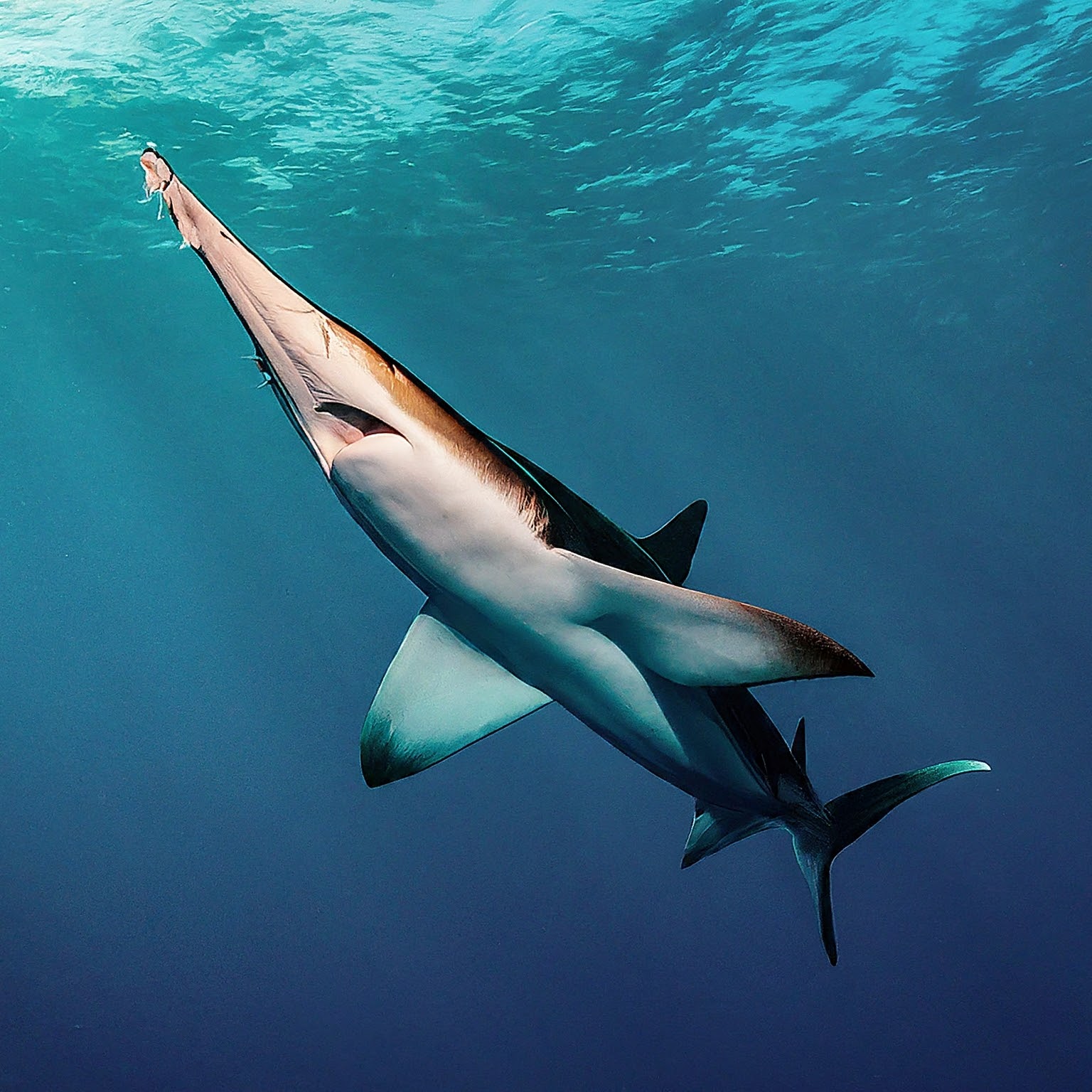
- Distinctive Feature:
- Saw-like rostrum with teeth on each side.
- Adaptations:
- Inhabits deep-sea environments.
- Uses the rostrum for slashing through schools of fish.
XIII. Frilled Shark (Chlamydoselachus anguineus):

- Distinctive Feature:
- Eel-like appearance with fringed gill slits.
- Adaptations:
- Capable of swallowing prey whole due to a highly distensible jaw.
- Primarily resides in deep-sea environments.
XIV. Prickly Dogfish (Oxynotus bruniensis):
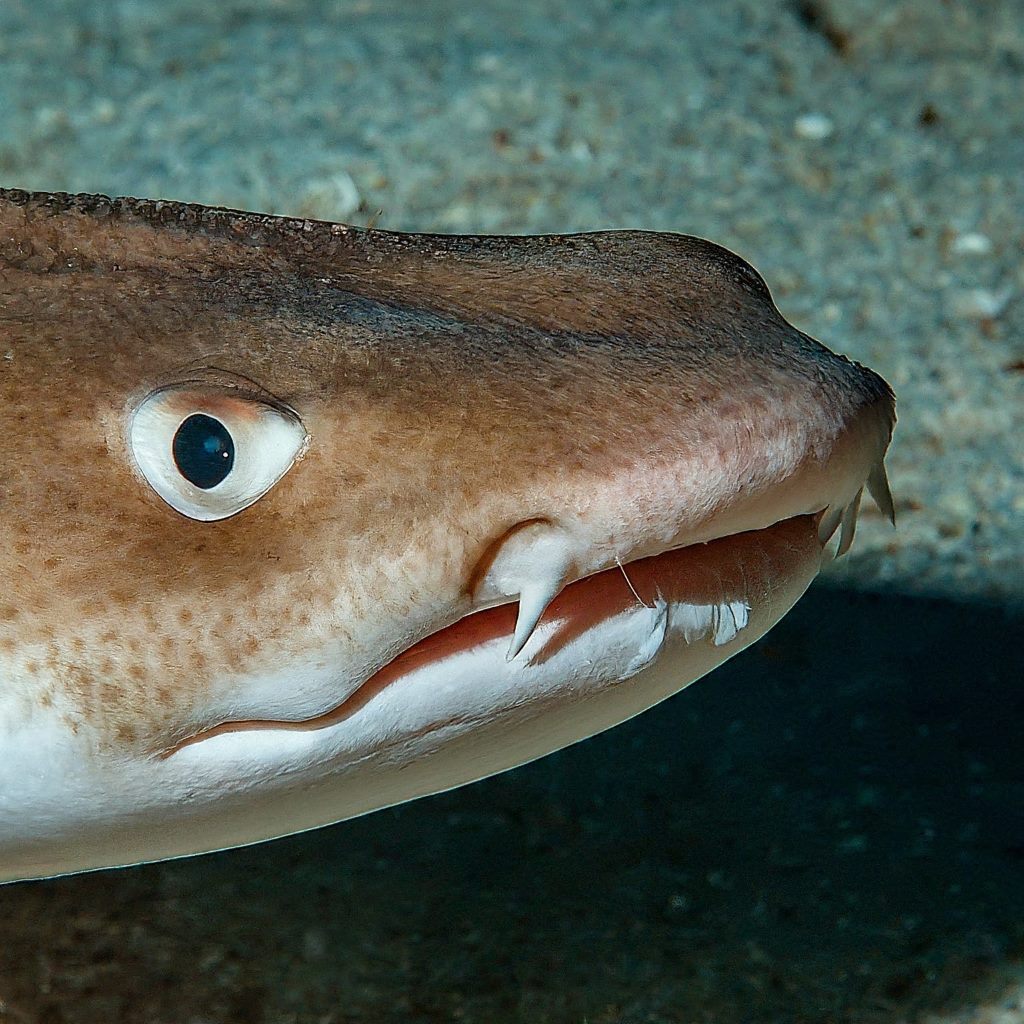
- Distinctive Feature:
- Rough, spiky skin and small size.
- Adaptations:
- Inhabits deep-sea environments.
- Feeds on small fish and invertebrates.
XV. Birdbeak Dogfish (Deania calcea):

- Distinctive Feature:
- Elongated snout resembling a bird’s beak.
- Adaptations:
- Inhabits deep-sea environments.
- Feeds on fish and squid.
XVI. Pyjama Shark (Poroderma africanum):
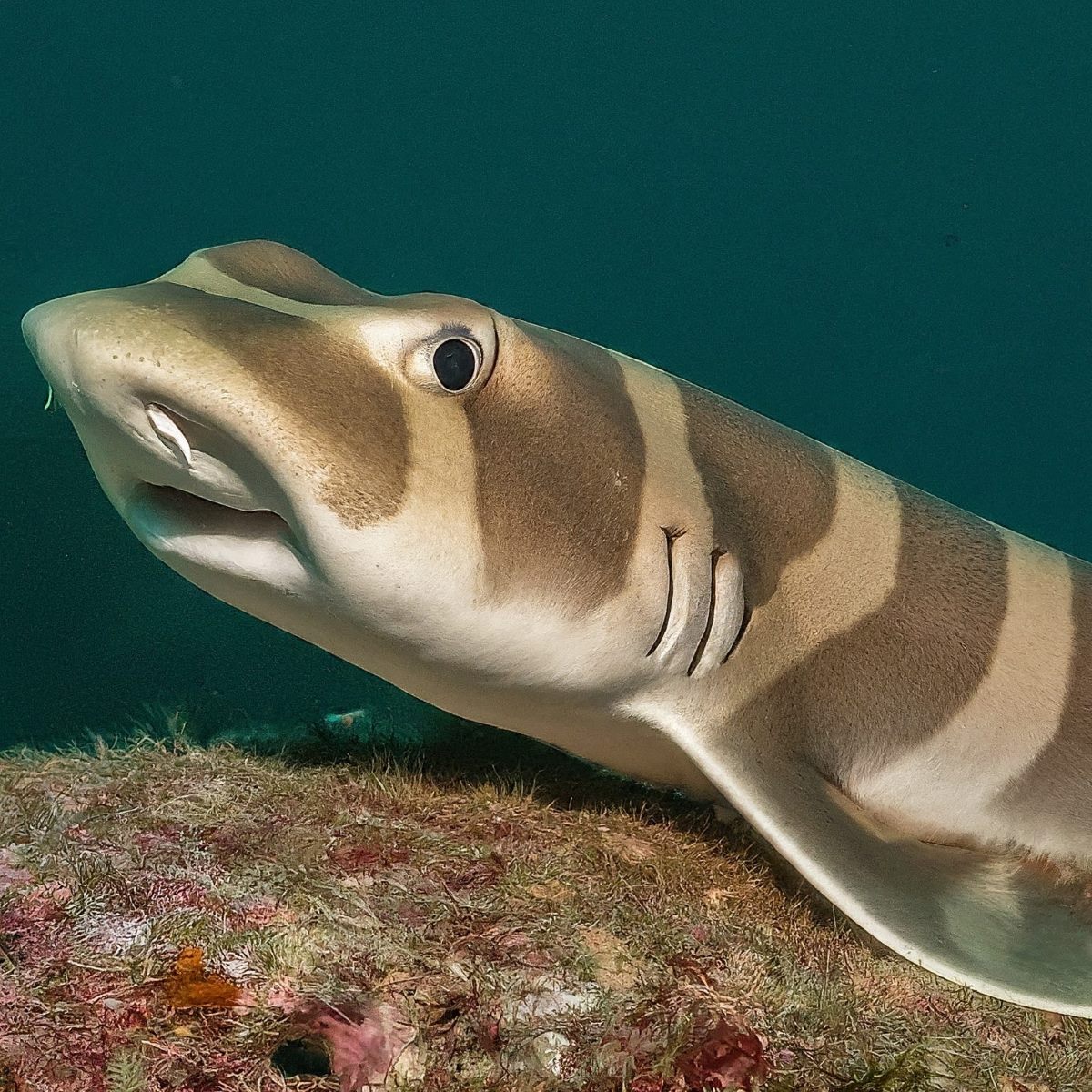
- Distinctive Feature:
- Striking black-and-white striped pattern.
- Adaptations:
- Prefers shallow coastal waters.
- Nocturnal hunter feeding on small fish and invertebrates.
XVII. Hammerhead Sharks (Sphyrnidae):

- Distinctive Feature:
- Hammer-shaped head, known as a cephalofoil.
- Adaptations:
- Enhanced sensory perception with eyes and nostrils positioned at the ends.
- Efficient hunting in groups.
XVIII. Daggernose Shark (Isogomphodon oxyrhynchus):

- Distinctive Feature:
- Distinctive, elongated snout resembling a dagger.
- Adaptations:
- Inhabits river estuaries and coastal areas.
- Vulnerable to habitat degradation and overfishing.
XIX. Dumb Gulper Shark (Centrophorus harrissoni):
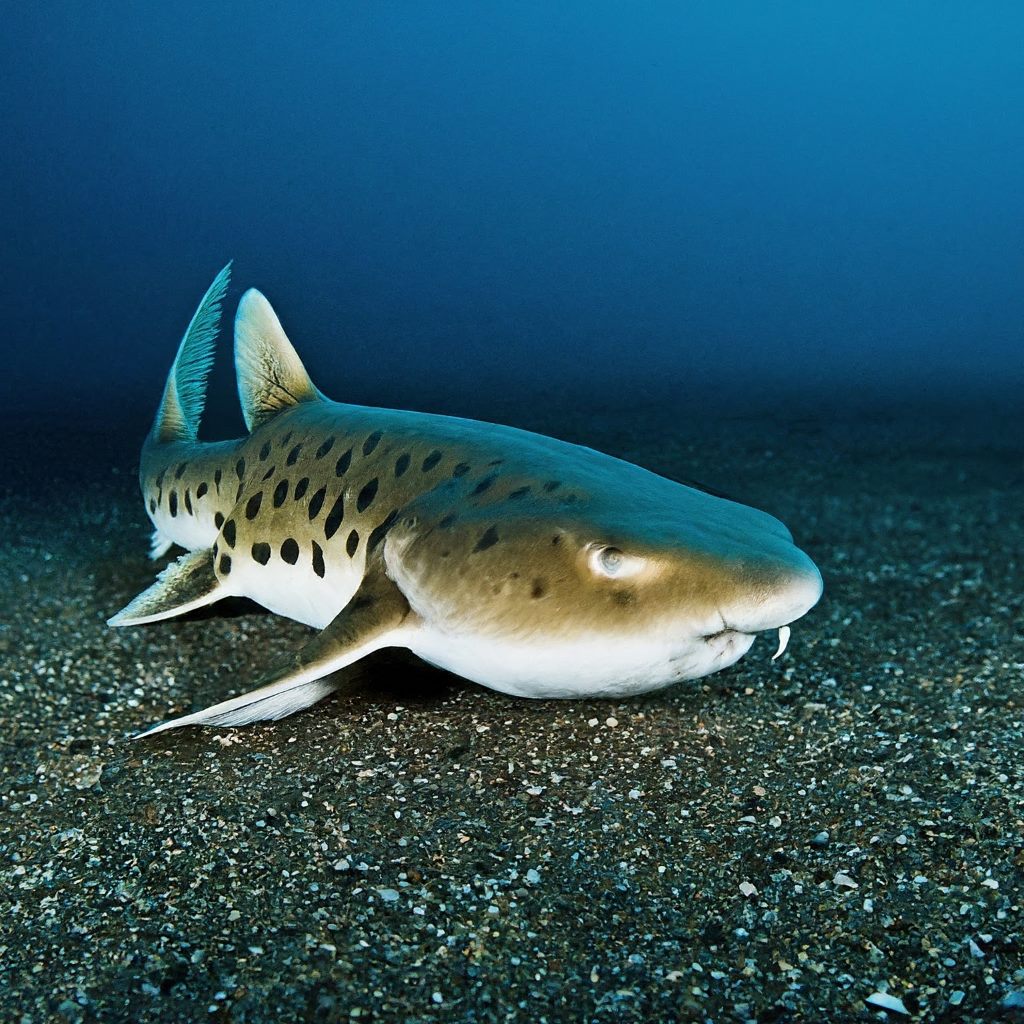
- Distinctive Feature:
- Bulbous snout and large mouth.
- Adaptations:
- Inhabits deep-sea environments.
- Feeds on a variety of prey, including fish and squid.
XX. Speartooth Shark (Glyphis glyphis):
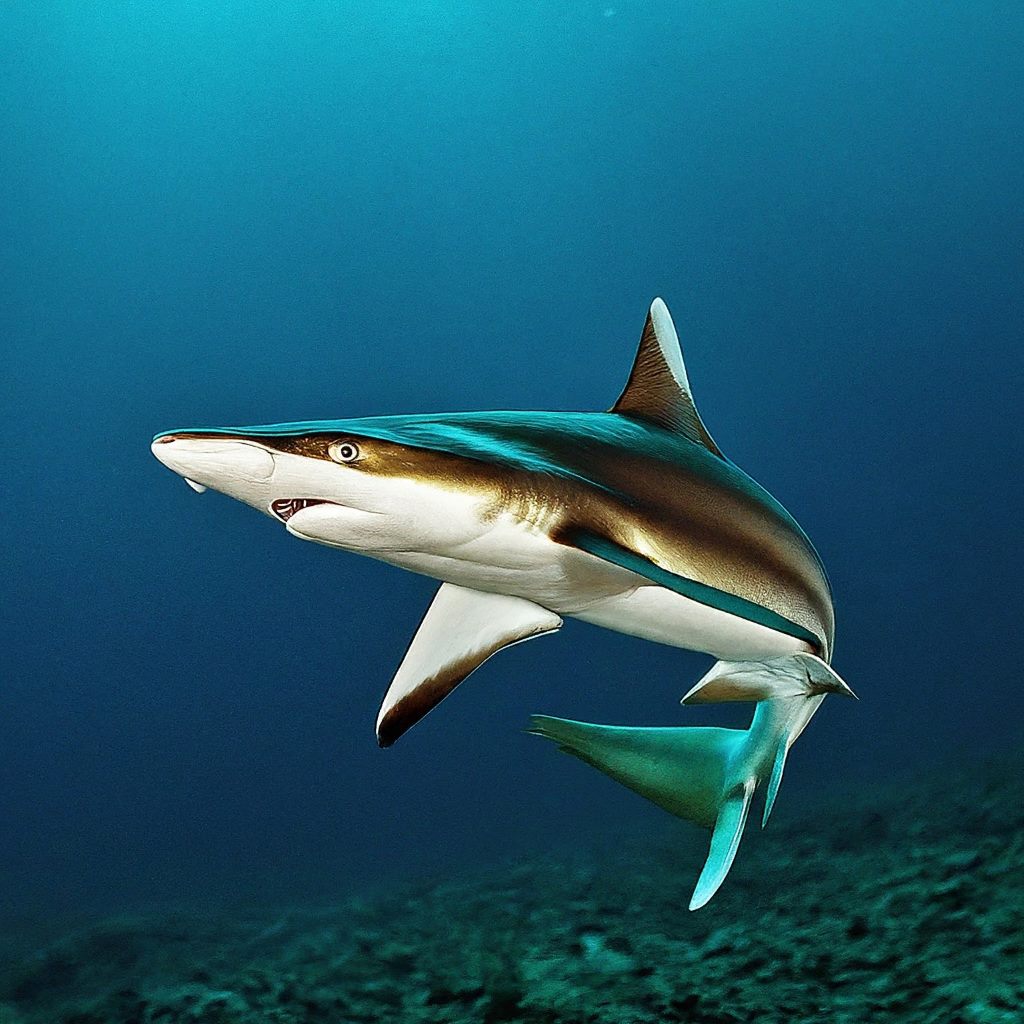
- Distinctive Feature:
- Rounded snout and unique tooth morphology.
- Adaptations:
- Inhabits river mouths and estuaries.
- Feeds on a diet of fish and crustaceans.
XXI. Caribbean Roughshark (Oxynotus caribbaeus):

- Distinctive Feature:
- Rough skin and small size.
- Adaptations:
- Inhabits deep-sea environments.
- Feeds on small fish and invertebrates.
XXII. Sharpnose Sevengill Shark (Heptranchias perlo):

- Distinctive Feature:
- Seven gill slits, in contrast to most sharks with five.
- Adaptations:
- Inhabits deep-sea environments.
- Feeds on a variety of prey, including fish and cephalopods.
XXIII. Cookie Cutter Shark (Isistius brasiliensis):
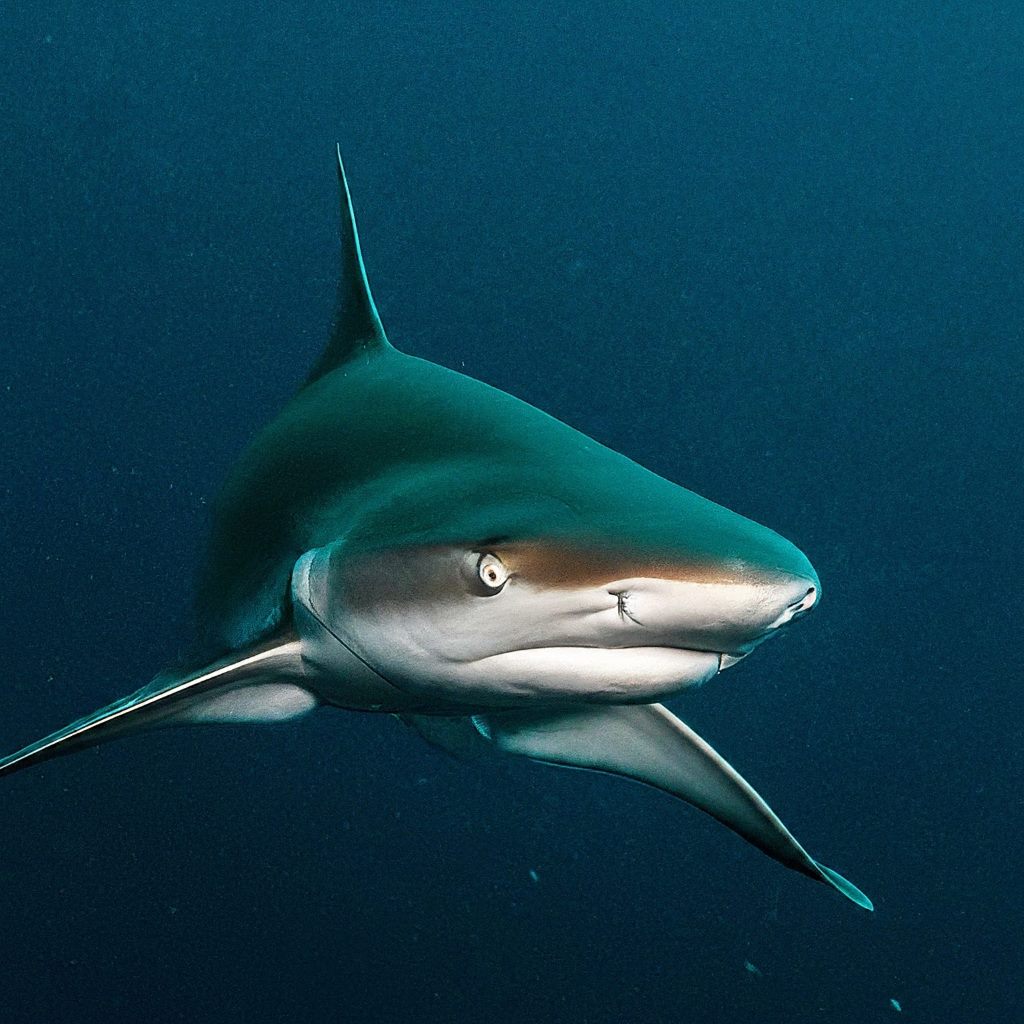
- Distinctive Feature:
- Circular wounds resembling cookie cutters on larger marine animals.
- Adaptations:
- Specialized dentition for removing plugs of flesh from larger hosts.
- Bioluminescent markings to attract prey in deep waters.
XXIV. Indonesian Speckled Carpetshark (Hemiscyllium freycineti):

- Distinctive Feature:
- Speckled pattern resembling a carpet.
- Adaptations:
- Inhabits shallow coastal waters and coral reefs.
- Camouflages with its surroundings for ambush predation.
XXV. Megamouth Shark (Megachasma pelagios):

- Distinctive Feature:
- Enormous mouth with a bulbous head.
- Adaptations:
- Filter-feeder, consuming plankton and small fish by swimming with its mouth open.
- Primarily dwells in deep waters, making sightings rare.
XXVI. Viper Shark (Trigonognathus kabeyai):
- Distinctive Feature:
- Long, slender body and unique jaw structure.
- Adaptations:
- Inhabits deep-sea environments.
- Feeds on a diet of squid and small fish.
XXVII. Australian Ghost Shark (Callorhinchus milii):

- Distinctive Feature:
- Unusual appearance with large pectoral fins.
- Adaptations:
- Inhabits deep-sea environments.
- Bottom-dweller feeding on crustaceans and small fish.
XXVIII. Velvet Belly Lanternshark (Etmopterus spinax):
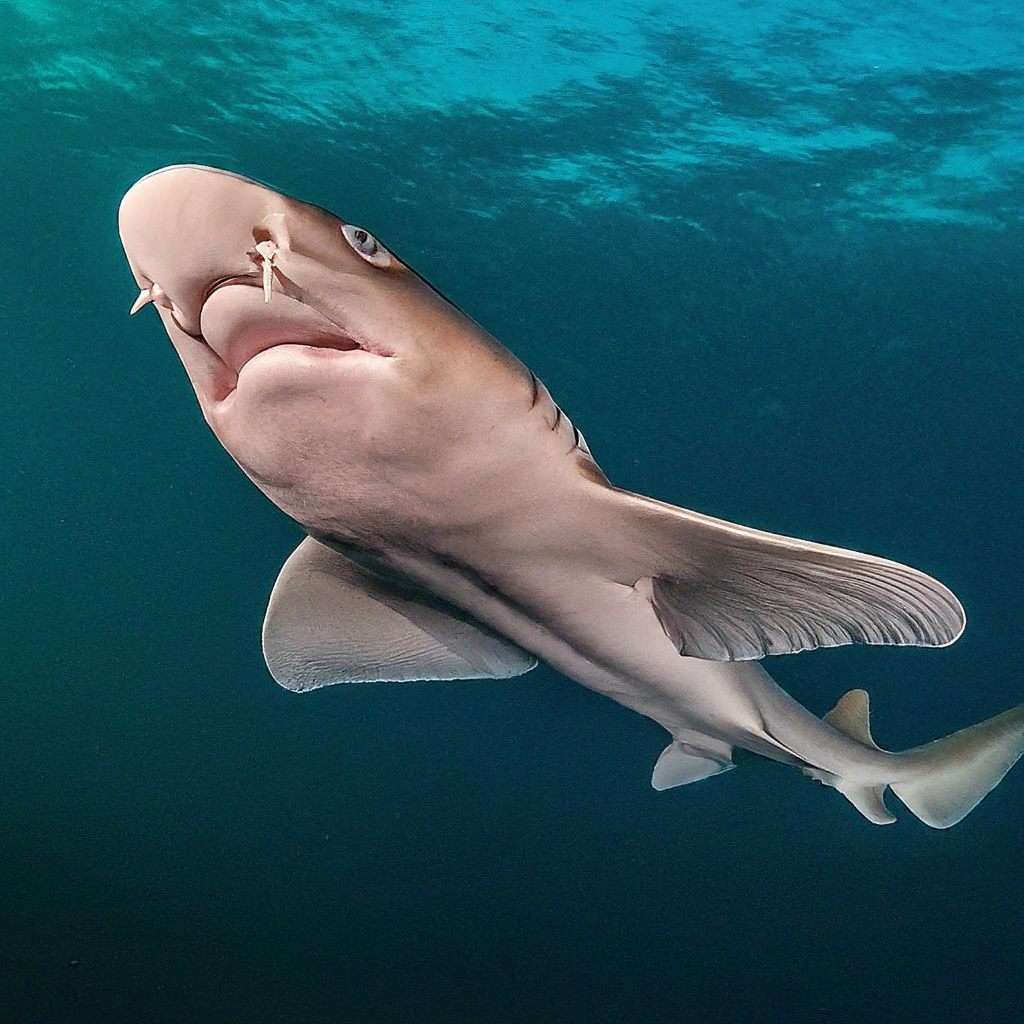
- Distinctive Feature:
- Dark coloration on the upper body and a light-emitting belly.
- Adaptations:
- Inhabits deep-sea environments.
- Uses bioluminescence for communication and attracting prey.
XXIX. Angular Roughshark or Pig-Faced Shark (Oxynotus centrina):
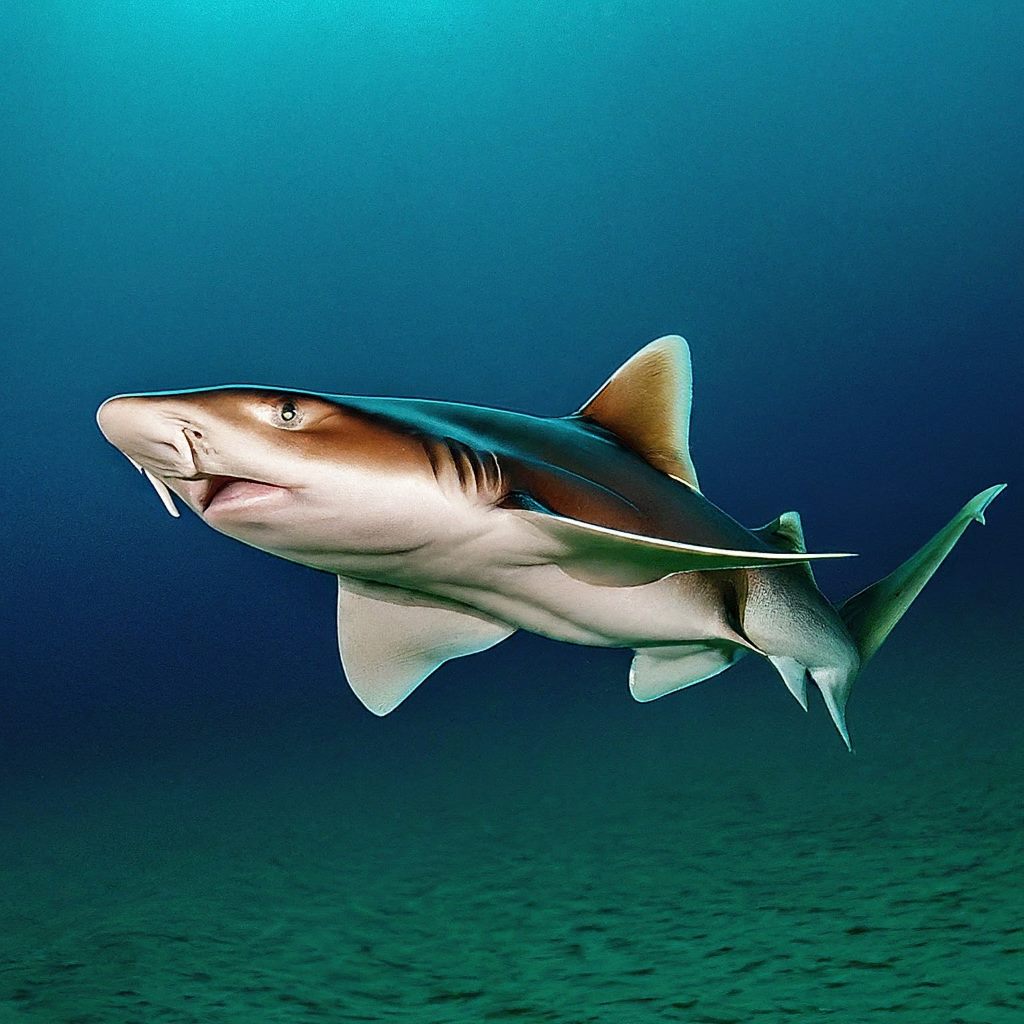
- Distinctive Feature:
- Angular snout and rough skin.
- Adaptations:
- Found in deep-sea environments.
- Feeds on small fish and invertebrates.
XXX. Japanese Wobbegong (Orectolobus japonicus):

- Distinctive Feature:
- Elaborate lobes and patterns on the body.
- Adaptations:
- Camouflages with the seafloor for ambush predation.
- Feeds on small fish and invertebrates.
XXXI. The Port Jackson Shark (Heterodontus portusjacksoni):
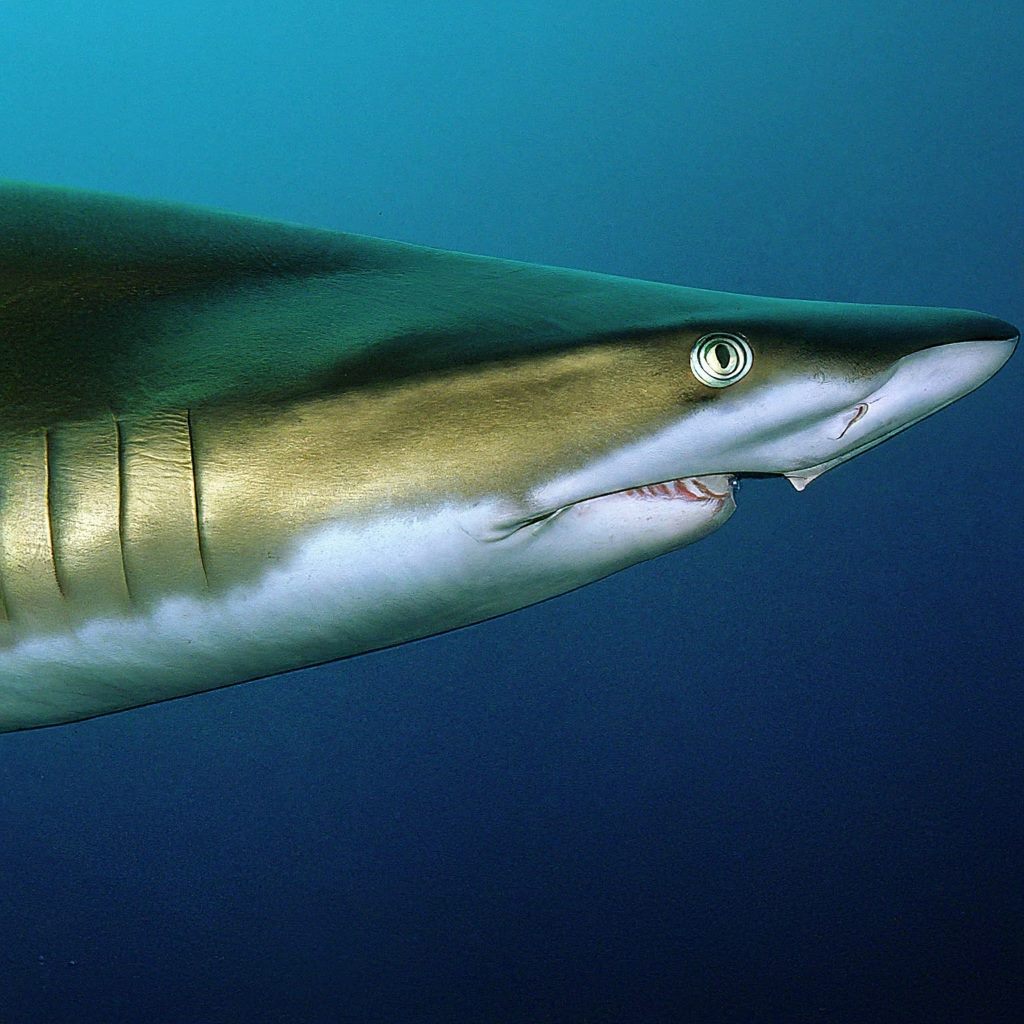
- Distinctive Feature:
- Unique horn-like crests above each eye.
- Adaptations:
- Prefers rocky reefs and sandy areas, using the crests for protection.
- Feeds on a variety of prey, including crustaceans and small fish.
XXXII. The Cow Shark (Hexanchidae):
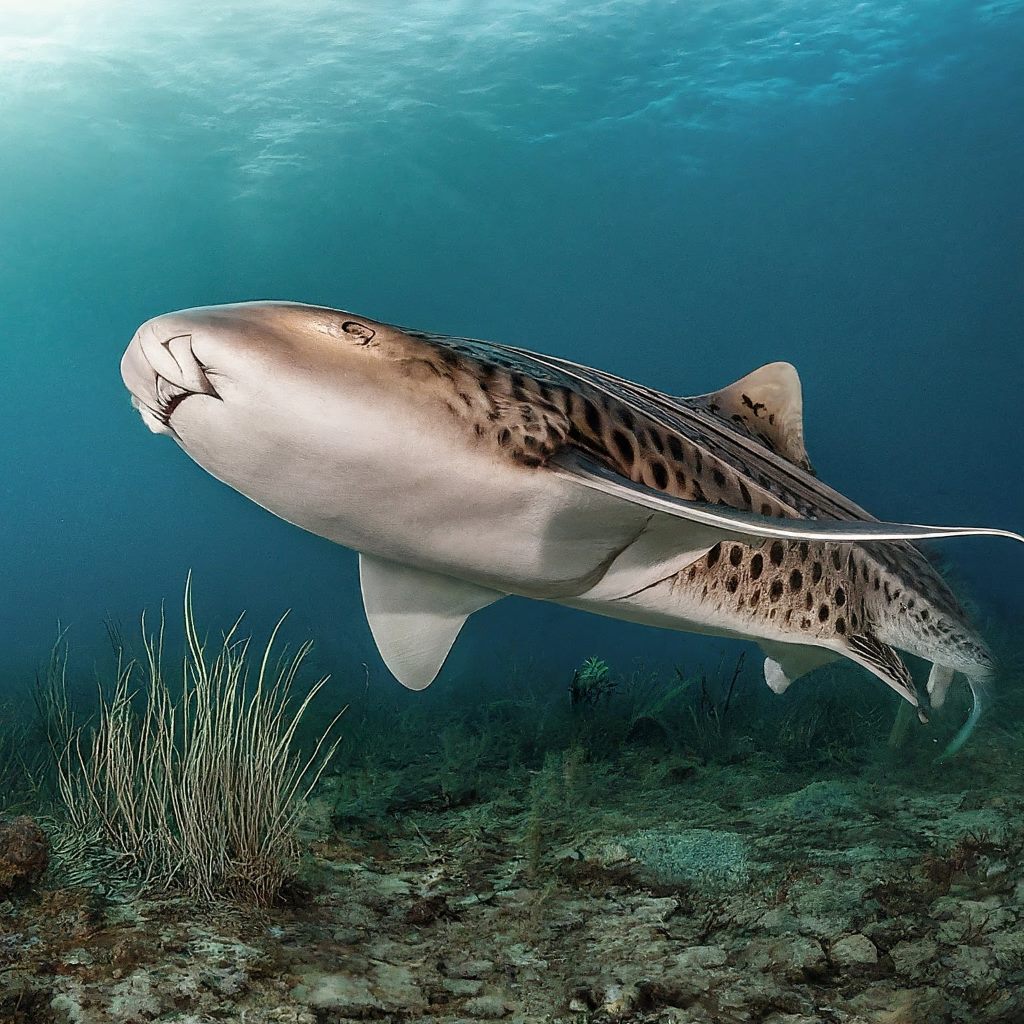
- Distinctive Feature:
- Six or seven gill slits, in contrast to most sharks with five.
- Adaptations:
- Can regulate buoyancy by adjusting the amount of oil in its liver.
- Prefers deeper waters and can tolerate a wide range of temperatures.
Conclusion:
This comprehensive exploration of shark diversity highlights the incredible adaptations and unique features that have allowed these species to thrive in various marine environments. From the hammerhead’s efficient hunting in groups to the goblin shark’s slingshot feeding mechanism, each species contributes to the complex web of life beneath the waves. As we continue to learn more about these remarkable creatures, it becomes increasingly crucial to prioritize conservation efforts and ensure the protection of these vital components of marine ecosystems.
